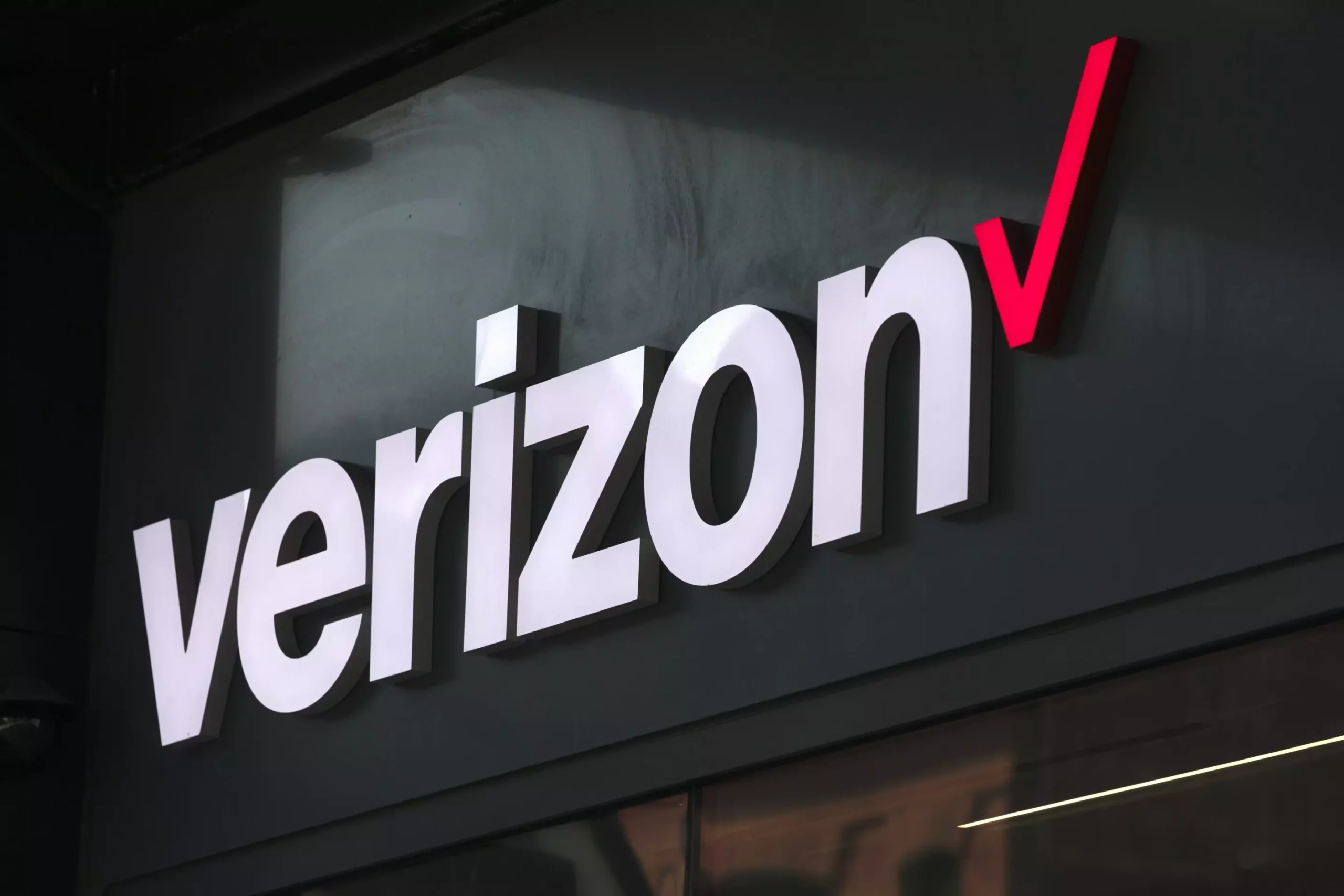On a seemingly typical Monday, Verizon customers across various states in the U.S. experienced a significant disruption to their mobile services. This outage, which was reported by over 100,000 users shortly after 11 a.m. ET according to DownDetector, underscores the vulnerability of even the largest telecom networks. The initial spike in reports highlighted how rapidly such problems can escalate, though reports dwindled to around 48,000 by late afternoon. This incident particularly affected customers in the Southeastern region, where residents were still grappling with the repercussions of Hurricane Helene. However, the problem was not confined to just one area; users from the West Coast, Midwest, and Northeast also reported service disruptions, indicating a more widespread issue.
The frustration among customers was palpable on social media platforms, where many expressed their dissatisfaction over the lack of service. Users attempting to make emergency calls found themselves hindered by connectivity issues, with some iPhone users receiving SOS messages. This not only poses a significant inconvenience but raises concerns about safety during emergencies when reliable communication is critical. Verizon’s communication during this incident, while informative, highlighted the need for more proactive customer engagement during outages. The company’s update on social media acknowledged the problem, but many users felt that more transparency was required regarding the potential causes and the estimated time for resolution.
Service outages like this can disrupt both personal and professional lives, particularly in a society increasingly dependent on mobile communication for both mundane activities and crucial business operations. With the ability to connect to Wi-Fi being a potential workaround, it’s crucial for users to know how to utilize such options effectively. The ability to switch to Wi-Fi calling is an essential feature that, interestingly, not all users utilize, highlighting a gap in public knowledge. While Verizon assured its customers that engineers were on the case, the downtime could lead to a loss of trust amongst users, especially those whose livelihoods depend on consistent connectivity.
The Federal Communications Commission (FCC) later acknowledged the issue but lacked detailed insights regarding the outage’s cause. This points to an important regulatory challenge in managing telecommunications infrastructure. While the FCC’s involvement is a positive step, it raises questions about the systems in place to prevent such occurrences and to hold carriers accountable. In an era where technology is expected to be seamless, this incident reminds us of the complex nature of telecommunications and the need for robust systems to ensure reliability.
The recent Verizon outage serves as a stark reminder of the fragility of telecommunications in modern society. As customer expectations for continuous connectivity grow, so does the pressure on service providers to maintain reliable networks. This incident illustrates not only the technical challenges involved in telecommunications but also the importance of effective communication between providers and customers during crises. Ultimately, learning from such experiences is vital for improving service resilience and customer trust in the long run.

